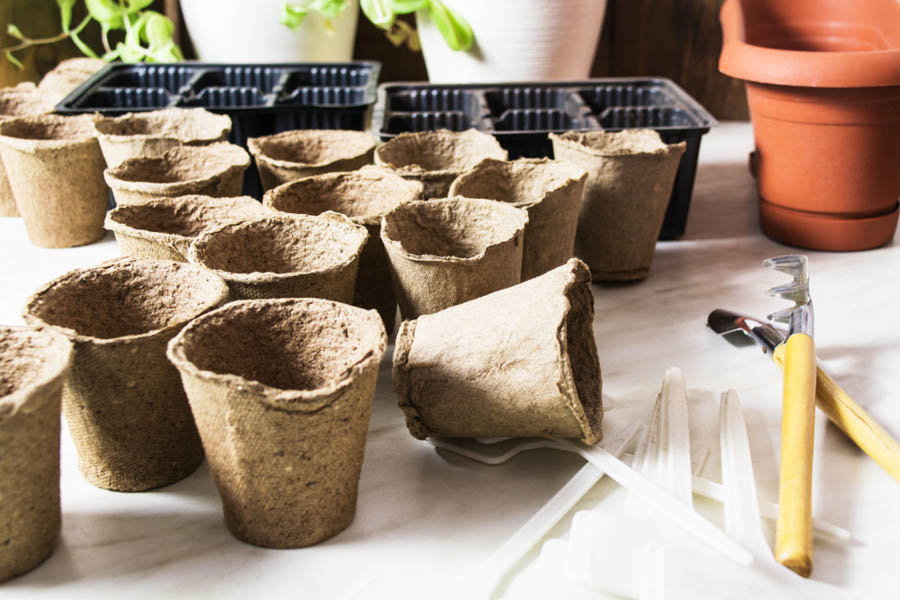Planning a Spring Vegetable Garden? What To Do Now

Planning a spring vegetable garden? Here is what to do now:
- Start seeds indoors and outdoors in warm, bright, protected areas; and transplant starts outdoors during warm and frost-free periods for cool-season vegetables and herbs that are frost tolerant and less prone to bolting.
- Irrigate new garden beds, wait 10 to 21 days prior to planting to flush weed seeds, and remove or till in weed seedlings.
- Inspect and repair raised beds, garden structures, fencing, hose bibs, and drip or other irrigation systems.
- In new beds or compacted soils, double-dig or loosen soil with a spading fork and remove stones and obstructions shortly before seeding new crops. Amend soils prior to planting by surface dressing and/or gently working in compost, organic matter, manures, and other amendments.
- Monitor new starts and seedlings daily to minimize plant losses during establishment.
- Seed or transplant crops successively for successive harvest, especially of crops that you eat regularly or in large quantities.
- Spot-plant in bare garden areas.
- Add organic amendments and 1 to 1 1/2 inches of fine mulch after vegetable and herb starts are 3 to 6 inches tall.
- Consider growing cover crops in dormant garden beds.
GardenZeus has customized growing information by plant and zip code. To get started, enter your zip code here.
Other articles of interest regarding soil preparation in California:
What is the Mother of all Southern California Landscape and Garden Problems?
Mud Pies and Fizz: Easy Home Tests for Soil pH
Tips for Testing Soil pH at Home with a Soil pH Meter